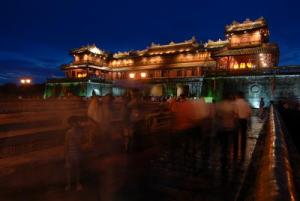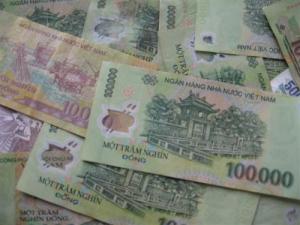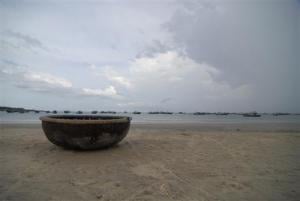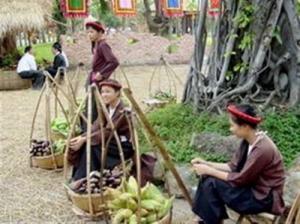Hoi An Cleans Up Its Act
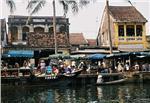
Hoi An just opened its first solid waste treatment plant.
Located in Bao Oc Thuong Hamlet in Cam Ha Commune, the plant was built at a total cost of VND77 billion (US$3.7 million). It is designed to treat 55 tonnes of solid waste everyday. According to Vice Chairman of the ${bigcity_Hoi_An:"HoiAn"} City People’s Committee Nguyen Van Dung, this will reduce waste coming from a natural landfill about 3 kilometers from the town capital at a significant rate.
The particular landfill was opened in 1993 to serve as the town’s disposal area. Garbage collected from households, hotels and restaurants were dumped into the landfill, filling it up quickly and contaminating the environment. This is equivalent to 82 tonnes of rubbish discharged daily by such sectors. Only about 60-65% of the total waste actually goes into the landfill. The rest of the garbage is recycled by families and used as fertilizer. Moreover, tourism and related activities accounted for more than 70% of the city’s waste in 2010. It was an alarming 11% increase in waste in Hoi An between the years 2006-2010. This is according to the Natural Resources and Environment Bureau.
Local residents and tourists alike have obviously noticed the pollution in Hoi An. Hoai River in particular suffered badly in this waste problem, accumulating solid wastes into its waters and emitting a bad smell, a very bad image for the city’s bustling tourism.
And when the landfill used to be more than a kilometer away from residential areas, today it is only dangerously 200 meters away from houses. This is due to a high demand for accommodation and farming land in Cam Ha Commune. As a result, local resident suffer the consequences. Citizens in the affected area have to buy bottled water because water from the well smelled badly. Outbreaks of
cholera and petechial fever have attacked the community. A total of 1,000 from the 1,600 households in the area have suffered severe health problems because of the situation.
To solve this dilemma, the Hoi An waste treatment plant classifies garbage into two primary categories: organic and inorganic. Organic waste is biodegradable garbage which will be composted to be used in agriculture. Inorganic garbage will be recycled for more useful purposes. The rest of the non-polluting waste will be dumped into the landfill.
To further solve waste problems in Hoi An, Director of Vinci Construction Grands Projects stated that a hospital waste plant will be opened within the year. Moreover, another solid waste treatment facility and a network of collecting garbage will be completed by 2012. This will surely improve the health and quality of life of the local residents as a whole, even protecting the environment.





